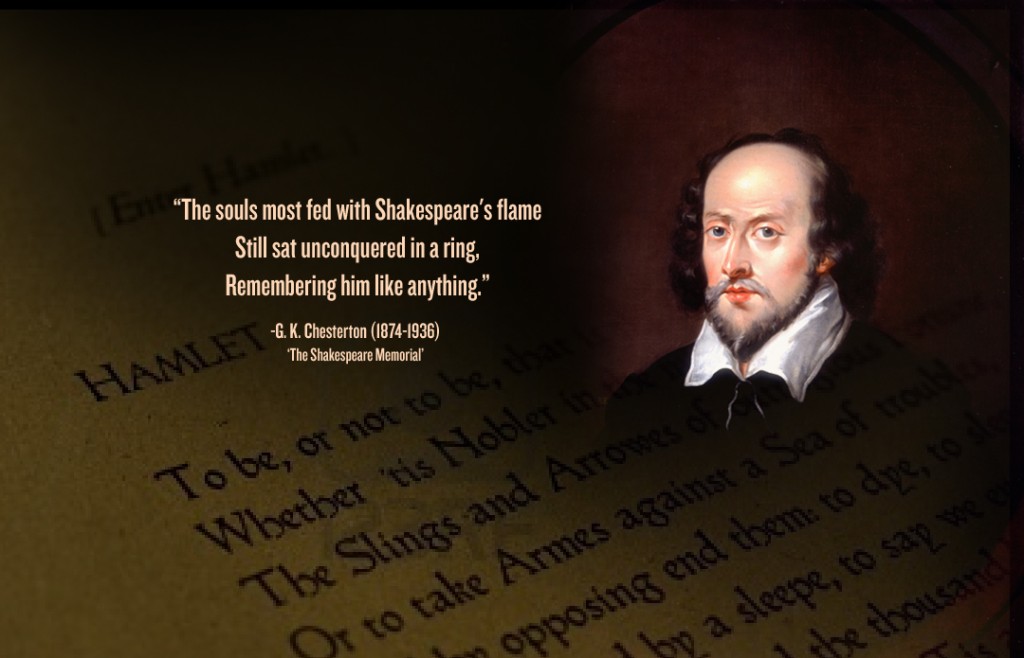Humans are pattern-seeking creatures, and even when we are not consciously looking for them, our unconscious minds know they are there. A brilliant example of this would be the music of Bach, in my opinion the most gifted musician our world has ever known. Bach painstakingly embedded layers upon layers of fiercely complex patterns into his compositions, and although they are nearly impossible to consciously observe, when one listens to almost any work of Bach’s, it’s as if our brains are being hypnotized via snake charming. And the Bach of poetry, William Shakespeare, had the same phenomenal powers which he used when building his unfathomably intricate poems and plays. Mathematics is one major common denominator of these two giants, and in the case of Shakespeare, one number that rises above the rest is the fabulous 14. In the following short video, watch as Professor Roger Bowley deconstructs one of Shakespeare’s sonnets, revealing how the power of numbers and the power of wordplay went hand-in-hand for the King of the English language.
The Mathematics Of Poetry: A Look At Shakespeare’s Iambic Pentameter And The Number 14
Brent Lambert
Writer, editor, and founder of FEELguide. I have written over 5,000 articles covering many topics including: travel, design, movies, music, politics, psychology, neuroscience, business, religion and spirituality, philosophy, pop culture, the universe, and so much more. I also work as an illustrator and set designer in the movie industry, and you can see all of my drawings at http://www.unifiedfeel.com.


